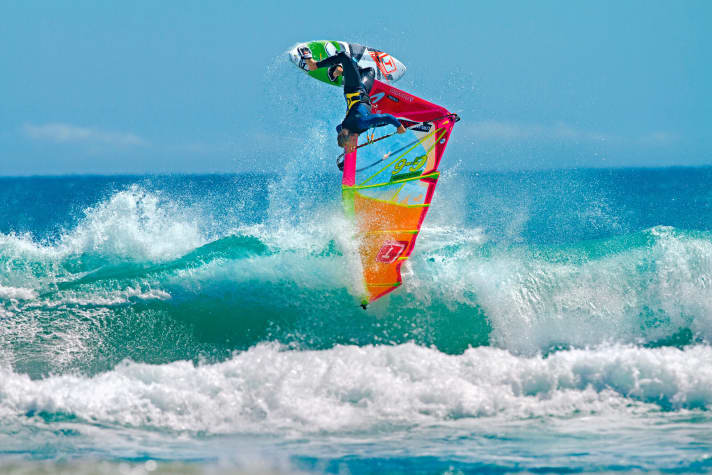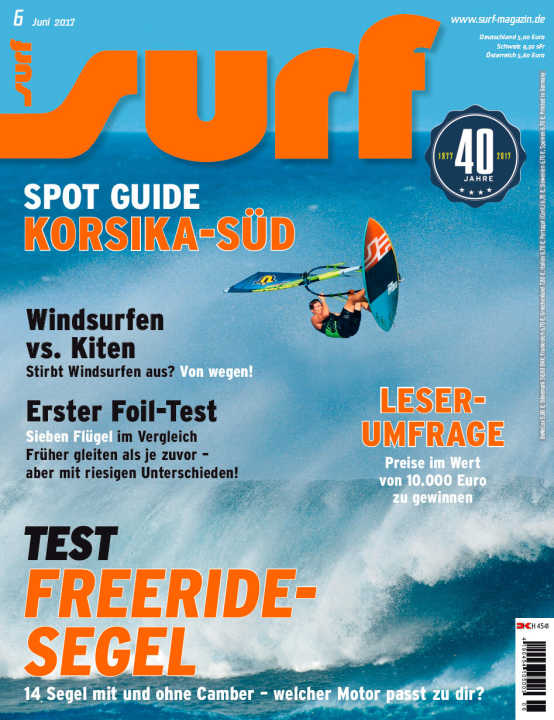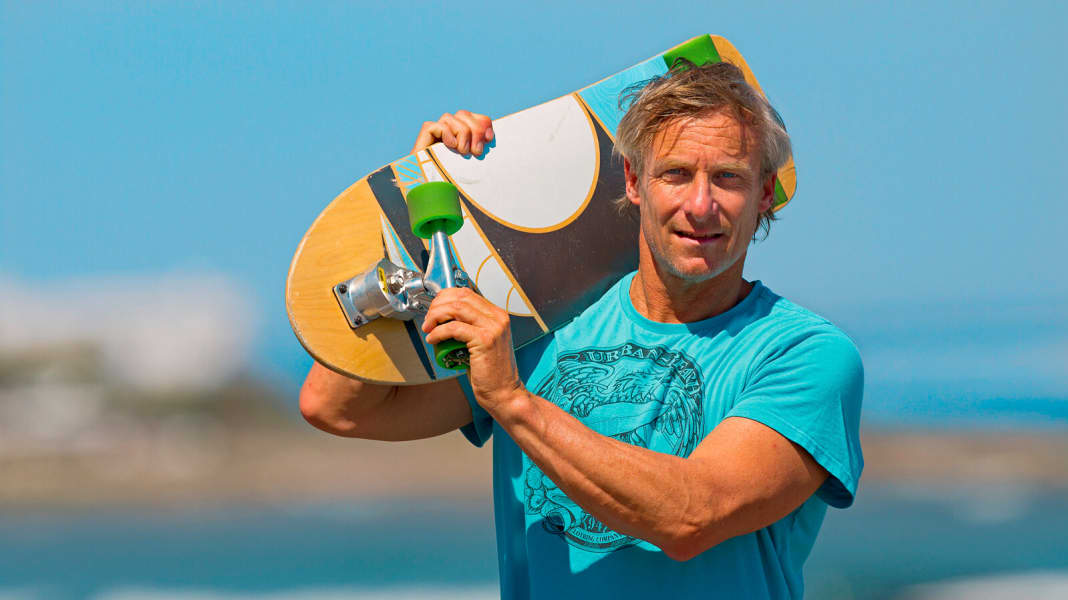
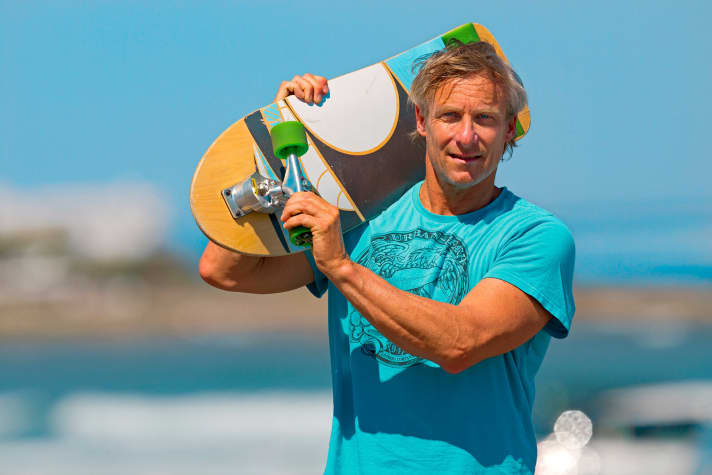
Peter, surf skates are the latest trend on the street. What distinguishes these boards from classic longboards? Firstly, it has to be said that there is no real generic term for them. Depending on the brand, the boards are referred to as surf skates, surf trainers or carvers. What they have in common is that they have little to do with skateboarding on longboards - which is why you can hardly find them in any skate shop. It's much closer to surfing than skating, and many surf pros already use the boards as training equipment to practise their technique and style. The main difference is the extremely manoeuvrable and slightly offset front axle, which takes a little time to get used to as the board is very wobbly as a result. But you soon realise how close the movements are to surfing.
Surf trainers work without you having to take one foot off the board to gain momentum. How does it work? That's right, the concept works without the usual one foot on the road to gain momentum. Instead, you can "pump" yourself into momentum by freeing your mind from standing on a skateboard. The first building block for a beautifully carved bottom turn in windsurfing is the rotation of the upper body: ideally, the movement of the shoulder axis determines the direction of the board, i.e. if I push the sail forwards and towards the inside of the turn with my front arm stretched out, the board will also carve there. With the cutback, it's the other way round: the head and shoulder axis turn towards the wave trough, the board carves behind. The second important aspect of the wave riding technique is a double high-low movement: You initiate the bottom turn with your knees more bent and pushed forward and ideally come into an extension at the end of the turn - this accelerates the board in the turn. I only learnt that you should also go slightly lower before the cutback and then stretch out again in the subsequent turn by riding on my surf trainer - even after more than 30 years of wave experience. You can also accelerate on the rail instead of parking in the cutback and generate more spray. All in all, the technique on the surf trainer is almost a 1:1 copy of the perfect windsurfing technique and therefore ideal for improving your wave riding while having fun.

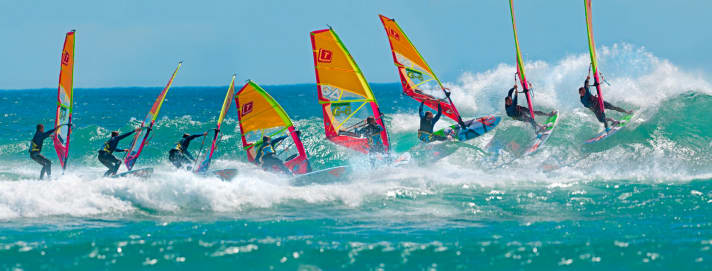
There is already plenty of choice for these boards too. What would you recommend to get started? In general, you need to be aware that surf skates and trainers are not a relaxed means of transport in the true sense of the word, like longboards, for getting from A to B. This is about tight carving radii and turns, not distance travelled. Among the boards, there are models with a larger centre distance, which convey a carving feeling like on a 6-metre wave, with long carved turns. Boards with smaller centre distances feel similar to backfoot waveriding in the surf of the Baltic Sea - with fast, short hooks. I would recommend a middle ground to start with. Very light surfers or girls usually get on better with shorter models.
What is the best way to start? A minimal gradient helps, because it's difficult to give momentum with your foot at first due to the very wobbly front axle. However, it must never be too steep, as these things become very uncontrolled downhill and the risk of falling is then high. Sooner or later, however, you will have to hone your technique and learn to "pump" with the aforementioned upper body rotation and high-low movement.
How much do the boards cost and which one would you recommend? Most boards are around 200 to 300 euros. There are several brands, such as Carver ( www.carverskateboards.com ), Miller ( www.millerdivision.com ) or Surf Skate (www.surfskate.com). I've tried a few things and am a fan of Smoothstar ( www.smoothstar.com ) because these boards are a bit more manoeuvrable than those of other brands.
